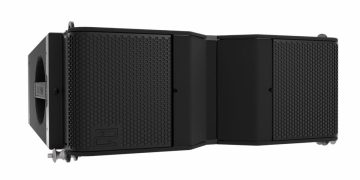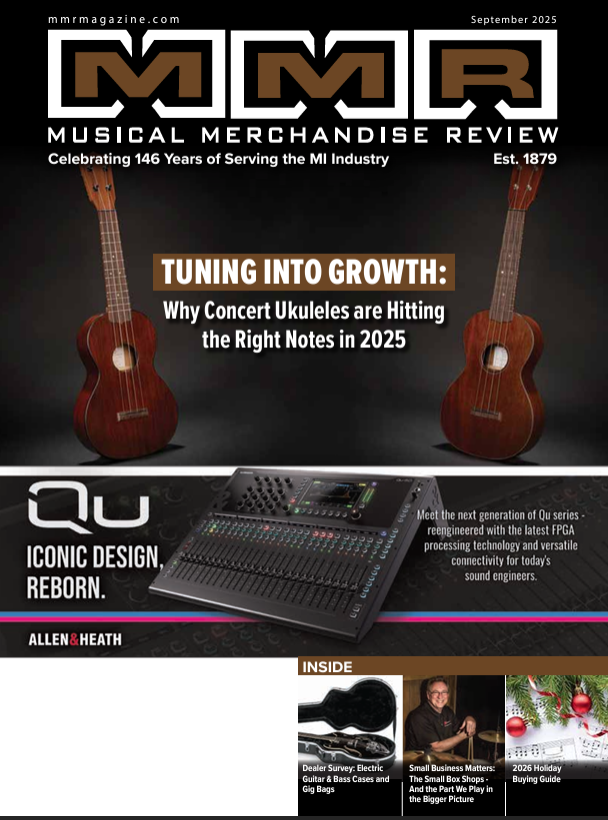 It’s January, the point in the year where retailers look both forward and back, trying to predict what’s coming while assessing what’s been. With the implicit caution that YMMV [Your Mileage May Vary], the gods of retail have declared both directions positive ones. The National Retail Federation upped its 2018 forecast to a minimum gain of 4.5 percent over 2017, while Deloitte predicted an equally healthy 3.8 percent jump over the previous year. The coming year is drawing some positive predictions, as well, as last year’s tax cut distributed some additional confidence – as well as lower government levies – to manufacturers and retailers.
It’s January, the point in the year where retailers look both forward and back, trying to predict what’s coming while assessing what’s been. With the implicit caution that YMMV [Your Mileage May Vary], the gods of retail have declared both directions positive ones. The National Retail Federation upped its 2018 forecast to a minimum gain of 4.5 percent over 2017, while Deloitte predicted an equally healthy 3.8 percent jump over the previous year. The coming year is drawing some positive predictions, as well, as last year’s tax cut distributed some additional confidence – as well as lower government levies – to manufacturers and retailers.
However, those are being hedged by a number of issues that may stall some of that growth. For instance, those tariffs the Trump administration imposed on China weren’t fully implemented in 2018; when they are this year, they will add as much as a 25 percent premium on $200 billion of goods from China. Given the reliance on Chinese MI imports, that will bear close watching. In addition, U.S. consumers are carrying more debt than they have since the recession a decade ago, including credit-card debt that’s reached the $1 trillion mark, and that debt will cost them more, with the Fed signaling four more rate increases for 2019.
Commodity costs are also on the upswing, and those will inevitably find their way into wholesale and the retail pricing. Last year’s end-of-year selling season might also provide some guidance for 2019. It’s a bit early just yet to factor Christmas sales in, but Thanksgiving sales got off to a fast start, with $2.4 billion ring up just online the day before the holiday, an increase of over 30 percent from last 2018, with another 1.75 billion spent by 5 p.m. ET on Thanksgiving Day. And that’s with a number of major retailers, such as TJ Maxx and Costco – and Guitar Center – staying closed for the holiday.
That’s another indication that that larger retailers are declaring their own holidays to build discounts around. Most notably, for example, Amazon’s Prime Day sales – 77 percent of which had lower prices than comparable deals offered for the year’s Black Friday. Big MI retailers like Guitar Center and Sweetwater will launch major initiatives during the year that are likely better fits with their own sales, inventory, and supply cycles, which might be a smarter strategy than just trying to hold your own during the still-substantial madness of the Black Friday-through-Christmas selling season, as retail in general seeks to establish new norms that fit the changed economic landscape.
Technology is also going to make a difference for retail this year. The past year saw a number of trends take shape that will help retail in general push back against online shopping. These include unmanned checkout counters and minute-to-minute dynamic price changing. While these and other technological innovations might not be good fits for MI retail, others might be, like bringing augmented reality (AR) into the store. Apparel sellers have been the earliest adopters – virtual dressing rooms – but the broader application possibilities for AR are massive. We’ll look into those in the future, but one point worth making now: over two-thirds of consumers polled by a UK AR firm expect retailers to launch an AR app within the next six months. However, says another survey, nearly two-thirds of retailers don’t use AR at all now. That’s a pretty big gap.
Changes that are more accessible are those around the design and layout of stores, aimed at making retail more experiential than transactional. Given MI retail’s depth of technology in their wares, it’s an excellent candidate for layout disruption, and Guitar Center has launched an initiative around that with the remake of their Hollywood store in October.
Next year, watch for stores to be turning into destinations instead of just stops along the way. End-of-year sales will remain a major retail phenomenon, if for no other reason than the anxiety-provoking condition known to Millennials as FOMO – what might you lose by not participating?
But at the same time, retailers, including MI retailers, can now feel more comfortable about varying their level of participation each year, adjusting it to other dynamics at the time (such as the sudden erasure of a year’s worth of stock-market gains the week after the midterm elections). Heading into 2019, it’s going to start becoming more about the experience and less about the price tag.




























